“The eDNA results may show that certain fish species aren’t found above a barrier, like a perched culvert, which can then be remediated.”
- Josh Smith, water scientist
Water scientists are soon to embark on a new programme that utilises eDNA technology to investigate native fish populations in Waikato waterways to enable their better protection.
Waikato Regional Council water scientist Josh Smith says the potential to identifiy rare fish populations, such as shortjaw kōkopu and lamprey, will make a real difference to this region’s conservation and ecological response.
“The information collected will help guide policy and management decisions for better protection,” says Josh.
“We already know, say, that shortjaw kōkopu reside in specific parts within the tributaries of the Waipā River and Waikato River. Using eDNA sampling at these sites this will give us a better idea of their location, what habitat is important and what sites we should be protecting or restoring.
“The eDNA results may show that certain fish species aren’t found above a barrier, like a perched culvert, which can then be remediated.
“We’ll also use the information to help educate the public in general, who often don’t know that these species are found in their local streams, and what they can do to help protect them.”
In line with the National Policy Statement for Freshwater amendments, the council intends to begin collecting samples for eDNA analysis over the 2023/24 summer period.
“As many of our freshwater fish species are diadromous [migrate between sea and freshwater], late spring to early autumn is the best time to sample.”
Samples will be delivered to Wilderlab, an organisation the council has worked with since it established in 2019. Here, microscale exploration may reveal big discoveries.
What is eDNA?
eDNA (environmental DNA) testing is a method which captures and analyses genetic material from the environment.
“Just as we would leave behind hair and skin at a crime scene ... living things in their environment are leaving behind mucus and faecal matter and hair and scales and skin,” says Wilderlab founder, Shaun Wilkinson.
When it comes to identifying fish species in our local rivers, not only does eDNA technology search a greater distance of rivers than electric fishing methods, the DNA information in water samples detects even the smallest, well-camouflaged and spread out fish populations.
“New more effective methods are coming out all the time which will only make eDNA more relevant as time goes on. eDNA will be important for fish conservation in the future.
“Another great thing about eDNA is anyone can use it from environmental professionals to stream care groups and school kids – it makes science accessible.”
Amy Gault, Wilderlab Freshwater and Community Science Lead, says eDNA testing is a quick and non-invasive way to gain a wide picture of the different organisms that are living in an area.
“This is particularly important for rare species which can be hard to identify,” says Amy.
The online Wilderlab Explore Map allows anyone to explore public eDNA data in streams around the country.
“The map has been a really great resource particularly for community groups who are wanting to learn more about what is living in their nearby areas. It is important that people on the ground have the information they need to make good decisions about waterways and land use.
“Wilderlab has also recently created a river health index, the TICI, which incorporates DNA information from across the tree of life to create a robust score of ecological health. This index was developed off the back of a large intercouncil collaboration to optimise and standardise sampling methods of which Waikato Regional Council scientists were heavily involved.”
Fast facts about Shortjaw kokopu (Galaxias postvectis)
- Adults grow between 150 – 220mm long
- Solitary and nocturnal
- Feed on terrestrial invertebrates such as ants, spiders and cicadas as well as aquatic invertebrates on the stream bed.
- Usually present in mid-elevation streams and undisturbed bouldered rivers
- Larvae spend 4-6 months at sea
- Live up to 15 years
Fast facts about Lamprey (Geotria australis)
- Adults grow between 450 - 750mm long
- Larvae hatch and spend 4-5 in freshwater as they slowly move downstream
- Adults return to freshwater after 3-4 years at sea
- Adults decease after spawing thousands of eggs upstream
- Instead of a jaw they have a large sucking disk as a mouth which they attach to larger host animals that they parasite
How eDNA works
- Sample collection: Water samples are collected using special kits which contain a unique, simple-to-use syringe filtration and preservation system.
- Off to the capital: The samples are transported to Wilderlab in Wellington.
- Purification: Preservatives and unwanted material is extracted from the sample, leaving pure DNA in water.
- DNA multiplication: A process called “polymerose chain reaction” turns thousands of pieces of DNA into a billion in under an hour so it’s at a concentration that is able to be analysed.
- The Sequence Machine: DNA sequences have a unique code. Just like scanning a barcode at a grocery store, these codes are run through a computer and matched against the online reference database to get a taxon name.
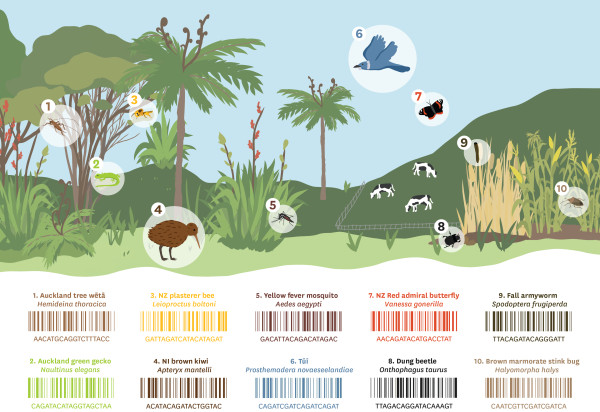
DNA sequences matched to unique codes. Source: Wilderlab

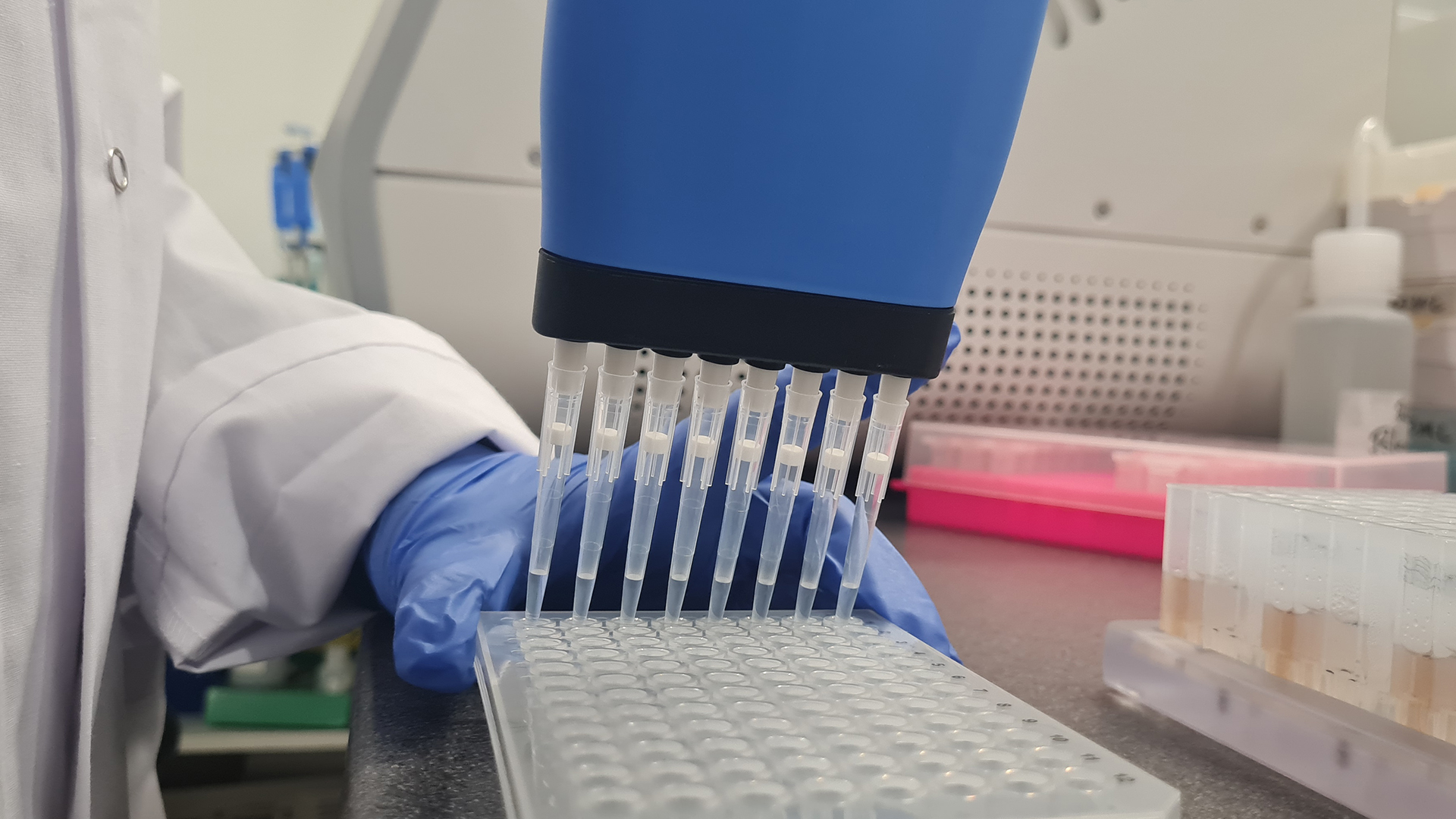
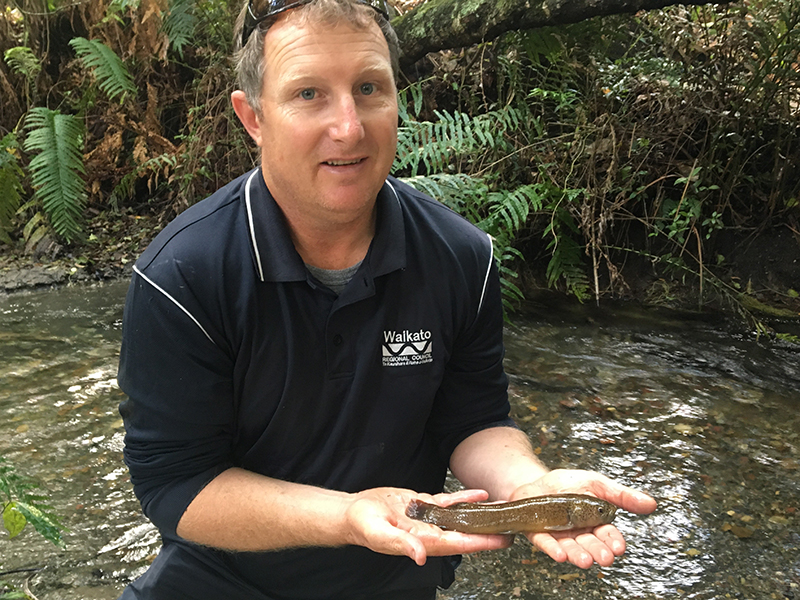
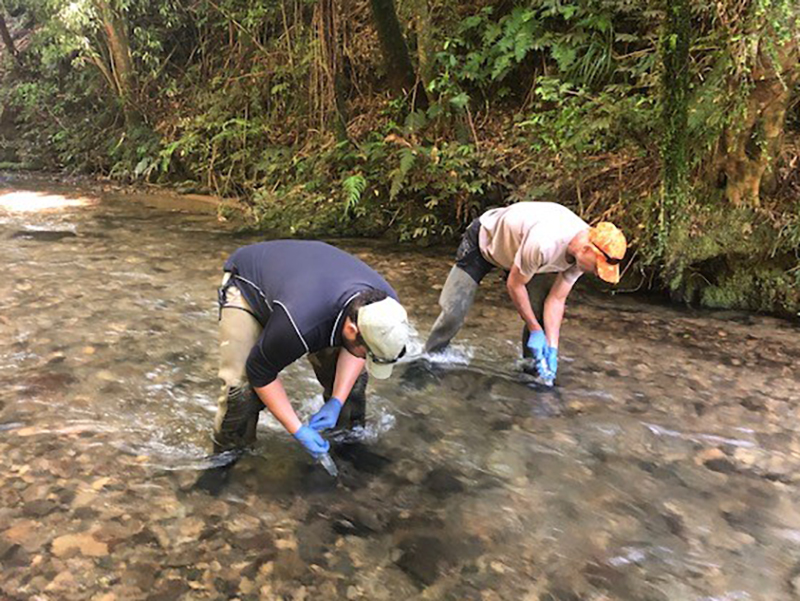
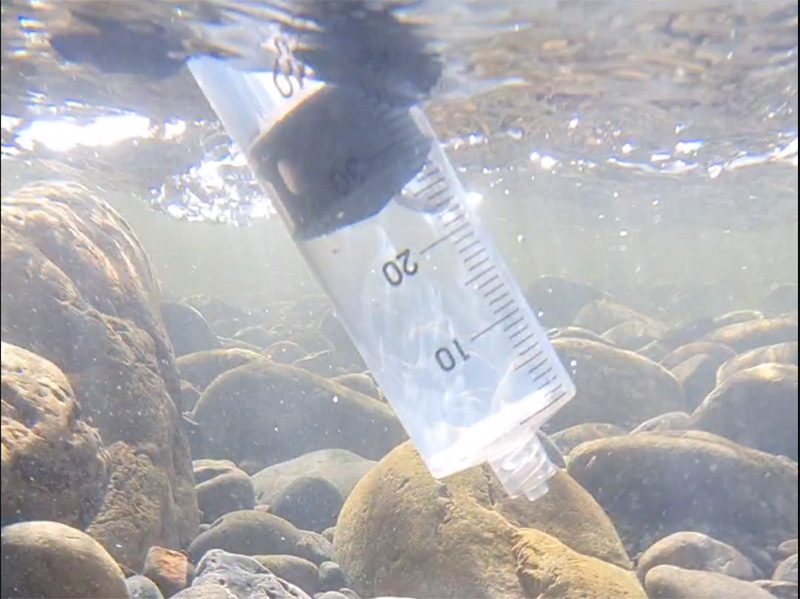
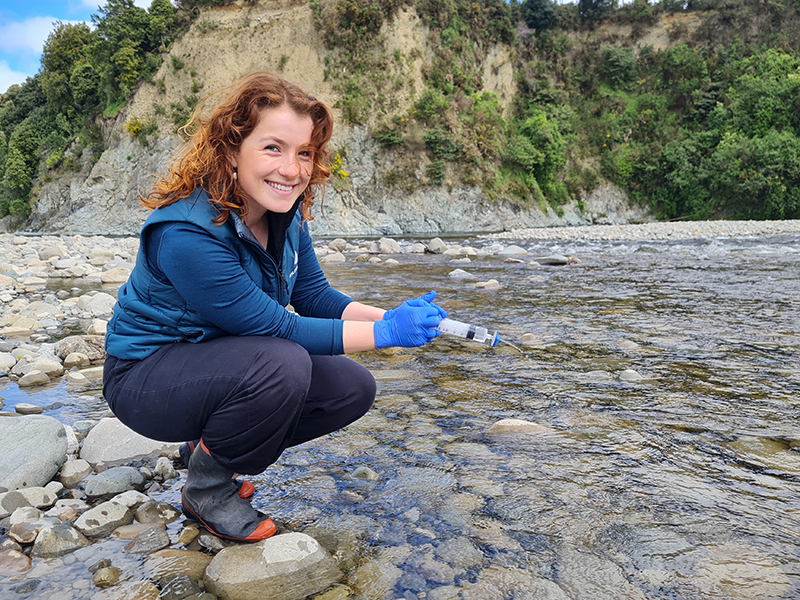
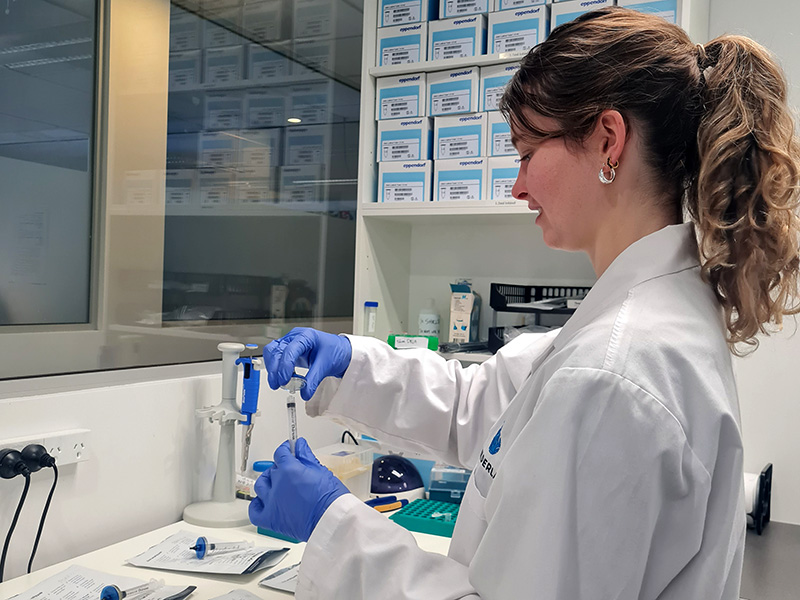
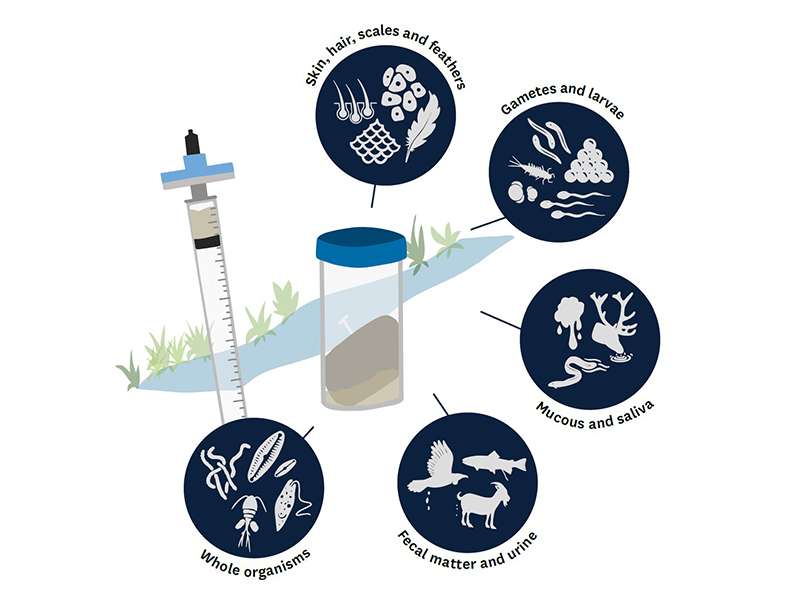

To ask for help or report a problem, contact us
Tell us how we can improve the information on this page. (optional)